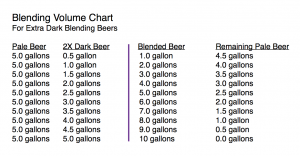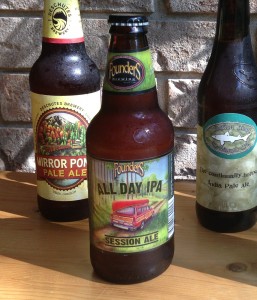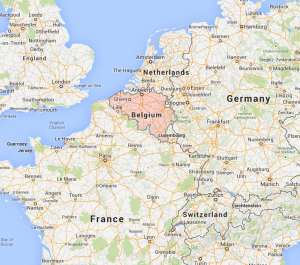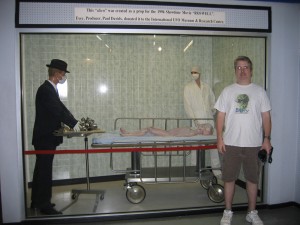 Last week, I posted an article on making extra dark beers with the intention of blending them into lighter beers for added color and perhaps flavor. This way, you could enjoy both the pale beer and a darkened version of it. In this post, I’ll give a specific example of brewing a dark beer that, when blended into an IPA, makes a black IPA.
Last week, I posted an article on making extra dark beers with the intention of blending them into lighter beers for added color and perhaps flavor. This way, you could enjoy both the pale beer and a darkened version of it. In this post, I’ll give a specific example of brewing a dark beer that, when blended into an IPA, makes a black IPA.
The recipes given here are for 5.0 gallons (19 L) of the dark blending beer, but you can scale them to any volume desired. Frequently, you will only need 1 or 2 gallons (4–8 L) of the dark beer per 5.0 gallon (19-L) batch of the lighter beer. To scale these 5.0-gallon (19-L) recipes, multiply all the ingredients by your intended volume of dark beer (in gallons) divided by five (gallons). [Or divide your intended volume of dark beer (in liters) by 19 (L).] [Read more…]




Recent Comments